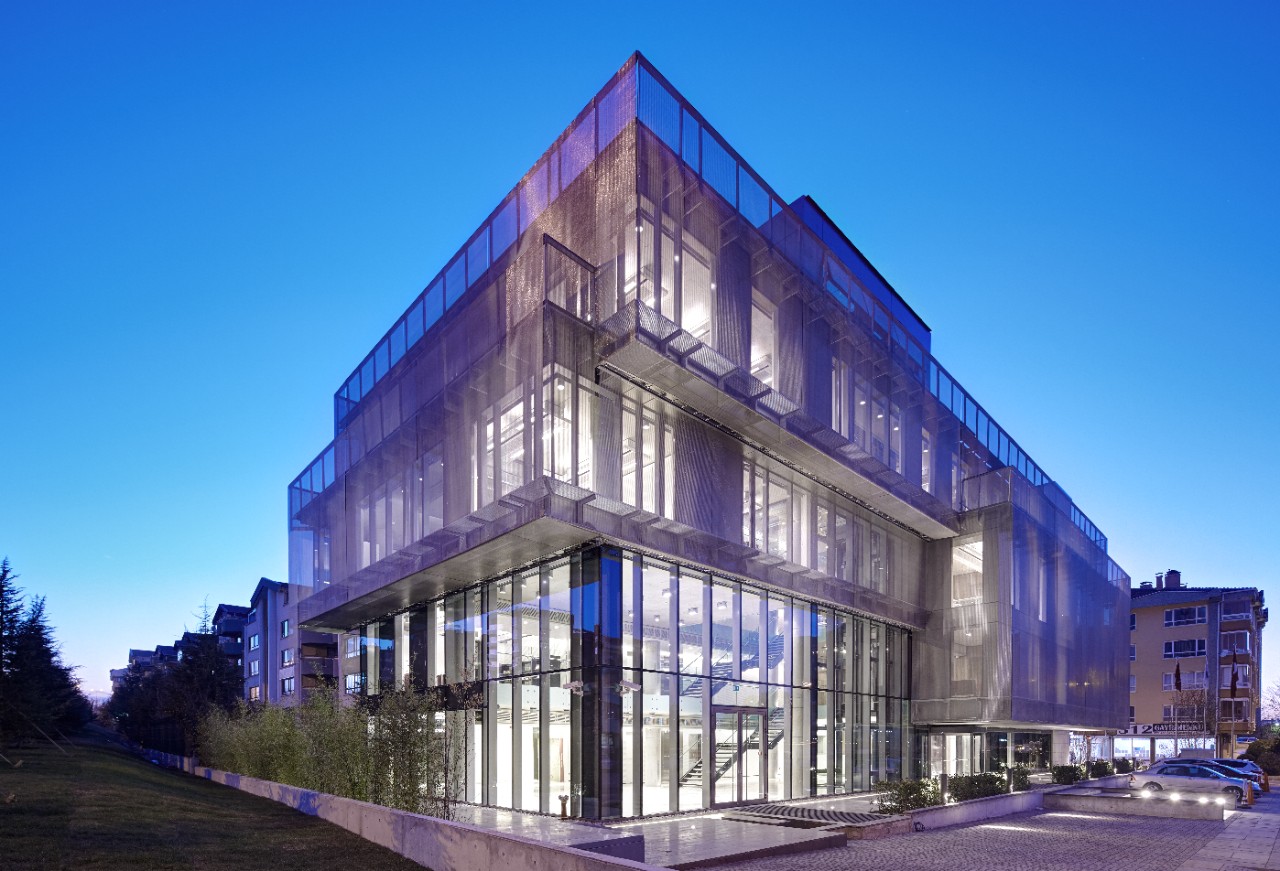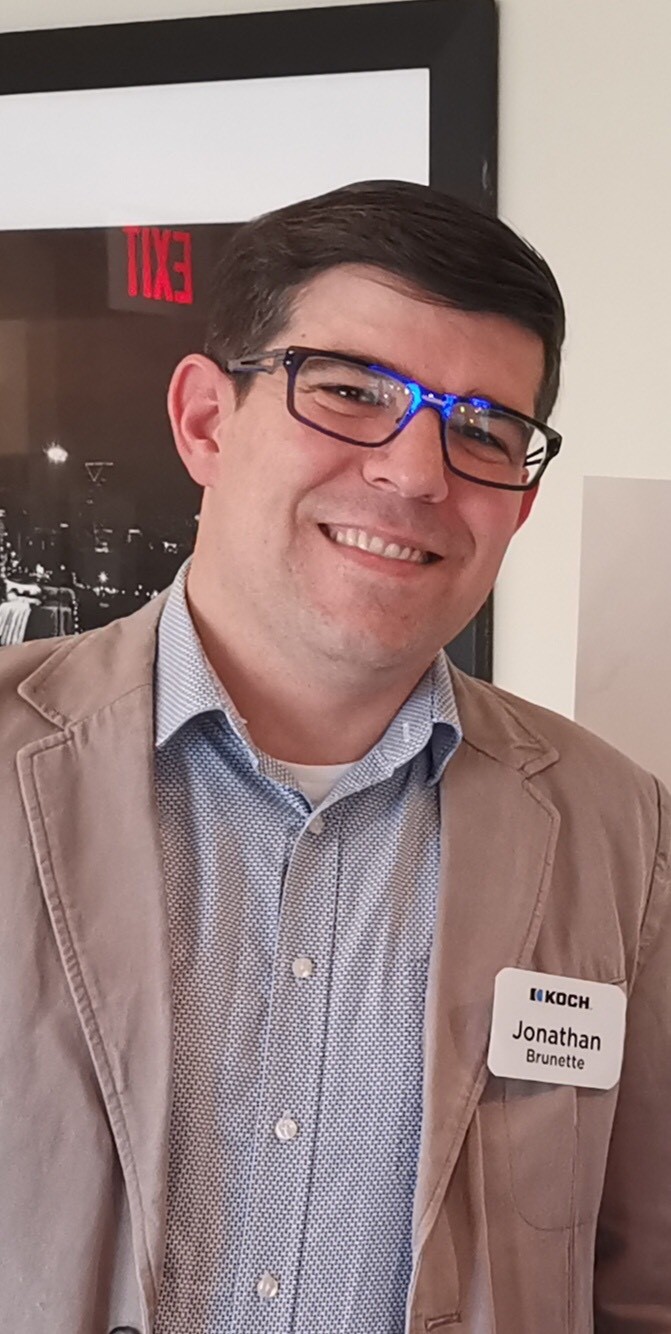LEEDing the way in advanced glazing for more energy efficient buildings
May 19, 2019Making new and existing buildings as energy efficient as possible is one way to help meet the EU’s CO2 reduction goals. Glass is playing an increasingly important role here in ensuring more sustainable, energy efficient buildings. From commercial skyscrapers to residential new-builds, advanced glazing solutions are achieving very high levels of energy performance, while their environmental impact throughout the lifecycle are also being minimised.
In Europe, environmental certification for new and existing buildings can be obtained through several recognised environmental and sustainable certification assessment methods. While these differ in their scope and detail, the main purpose of each is to encourage architects (and anyone involved in the building design decision making process) to think about low carbon and low impact design to reduce the energy demands created by a building.
In the UK, BREEAM® (Building Research Establishment Environmental Assessment Methodology) is the recognised certification body; in Germany, DGNB (German Green Building Council); and in France, the HQE (High Quality Environmental) Standard. Worldwide, the most widely recognized environmental certification assessment method is the Leadership in Energy and Environmental Design (LEED) rating system, developed by the U.S. Green Building Council. The LEED system promotes sustainable buildings, awarding points for reducing energy use, improving indoor environmental quality and promoting a whole-building approach to sustainability.

Earn points in six LEED categories
While LEED does not certify specific products, using advanced architectural glass, along with other factors, can help a project earn LEED points. In most cases, LEED compliance is voluntary, although more and more commercial and residential projects are making it mandatory.
Advanced architectural glass can help a building project earn credit points in six LEED categories. Some of these are very apparent, others less so. These categories include innovation, indoor environmental quality, materials & resources, energy & atmosphere and sustainable sites. The manufacturing location of the glass and the source of materials and resources can also have an impact on LEED credits earned.
Today, almost all Guardian float glass manufacturing plants in Europe are certified to ISO 14001 and/or EMAS, the EU Eco-Management Audit Scheme, which illustrates the robustness of the environmental management systems put in place by the glass industry. This covers a wide variety of aspects such as air emissions, water consumption, waste management, transport and packaging. According to a report by Glass for Europe2, the total CO2 equivalent generated by an energy efficient, double glazing unit throughout its lifecycle is offset, on average, between 3 to 10 months only.
Help is at hand
Although more needs to be done in promoting the use of high performance glass for buildings, the good news is that advanced glazing solutions exist today and are ready to use. Ultimately, selecting the right glass can maximize a building’s energy performance in terms of solar control and thermal insulation, as well as improving natural daylighting to improve the comfort and well being of the building’s occupants. For advice and guidance on environmental certification and how the Guardian SunGuard® range of coated solar control glass products can help make your building more energy efficient and raise your LEED score, Guardian Glass has a team of experts who can help.
1 Source: TNO Built Environment and Geosciences – Potential impact of Low-Emissivity glazing on energy and CO2 savings in Europe – TNO report 2008-D-R1240/B – November 2008. 2 Glass for Europe report: “Europe’s Flat Glass Industry in a competitive, low carbon economy”, page 14.

About the Expert - Jonathan Brunette
Jonathan Brunette is Product Compliance and Performance Manager for Guardian Glass in Europe. He works closely with our teams to ensure our products and processes comply with all laws and regulations.
.jpg.transform/rendition-470-280/img.jpg)

.jpg.transform/rendition-470-280/img.jpg)